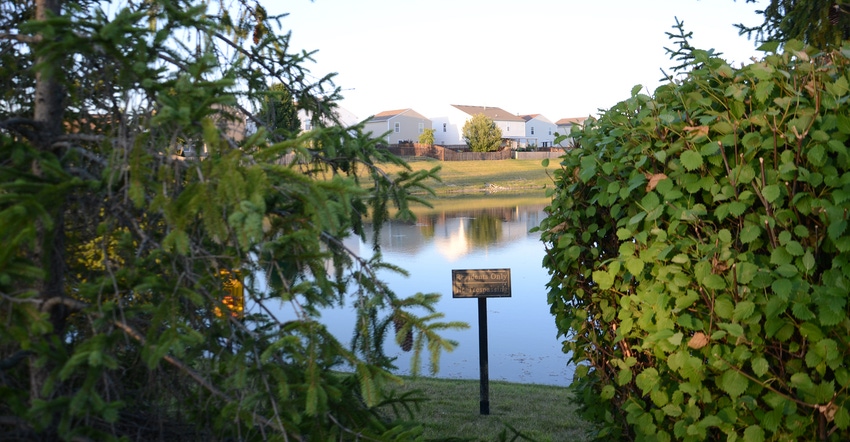August 22, 2022

Anyone who looked at the August cover of Indiana Prairie Farmer with Angie Williams’ farm garden fading into new housing construction just beyond the fence line can no longer ignore loss of farmland.
Readers aren’t ignoring it. Some are willing to go on record, while others are hesitant. What they say varies.
Here are comments from one farmer. If you want to add your voice, email [email protected] or write to: Indiana Prairie Farmer, 599 N., 100 W., Franklin, IN 46131.
Letter to the editor
Dear editor:
A piece in Indiana Prairie Farmer stirred my thoughts.
The subject was farmland lost. Should we be working to protect it?
Interestingly, the state of Indiana is trying to incentivize preserving land for future generations with the following resources listed: American Farmland Trust, Natural Resources Conservation Service, Indiana Land Resources Council and Indiana Land Protection Alliance, to name a few.
The concept is to stop changes of use from agriculture production to other uses, be it for homes or distribution centers or others means.
The state and counties then provide tax incentives to lure in manufacturing and distribution centers to create jobs and increase tax bases to support local services and local economies, and the loss of that land forever.
On top of that, they’re trying to get many acres taken out of production and converted into solar farms, whereby removing massive acres covered in panels. These panels have a stated life span of approximately 25 years. Where will they go when they’re obsolete and no longer functional?
What about the acres being removed for wind farms? Not the volume of acres removed, but much like urban sprawl, when added together [it counts].
I’m hearing the state of Indiana is trying to secure 4,000 to 7,000 acres for a very high-tech complex. Where do these acres come from? Production acres!
Yet should producers in the considered areas be denied the right to sell their property for the highest and best use?
We hear from energy providers that there may be rolling blackouts or brownouts, whereby they cut off our electric service because the construction of the New Green Energy systems isn’t keeping up with demands placed on infrastructure. The same people who want to preserve ag, green spaces and green energy aren’t going to be happy when they lose electricity to stay cool or warm or keep their food cool.
There are two sides to every story [as my comments indicate]. But I find it perplexing to know our tax dollars are being spent on both sides of these issues. How do we reconcile collection of money from production agriculture to both preserve ag and destroy ag?
Why is the individual not left to determine what is best for their property? [Shouldn’t the individual decide to] keep it in production or sell for a very sizable gain accumulated and paid for sometimes over many generations? Everyone has their opinion as to what should happen to other people’s property so long as it doesn’t interfere with what they do.
Indiana Farm Bureau battles over property rights and rightly so. But they’re faced with the same issue —support farmers or new industry to increase quality of life.
I wish others would stop using our tax money to fight both sides of these issues. How many people would refuse to collect $50,000 per acre that may only be worth $15,000 to $20,000?
Brad Starr,
Connersville, Ind.
You May Also Like




